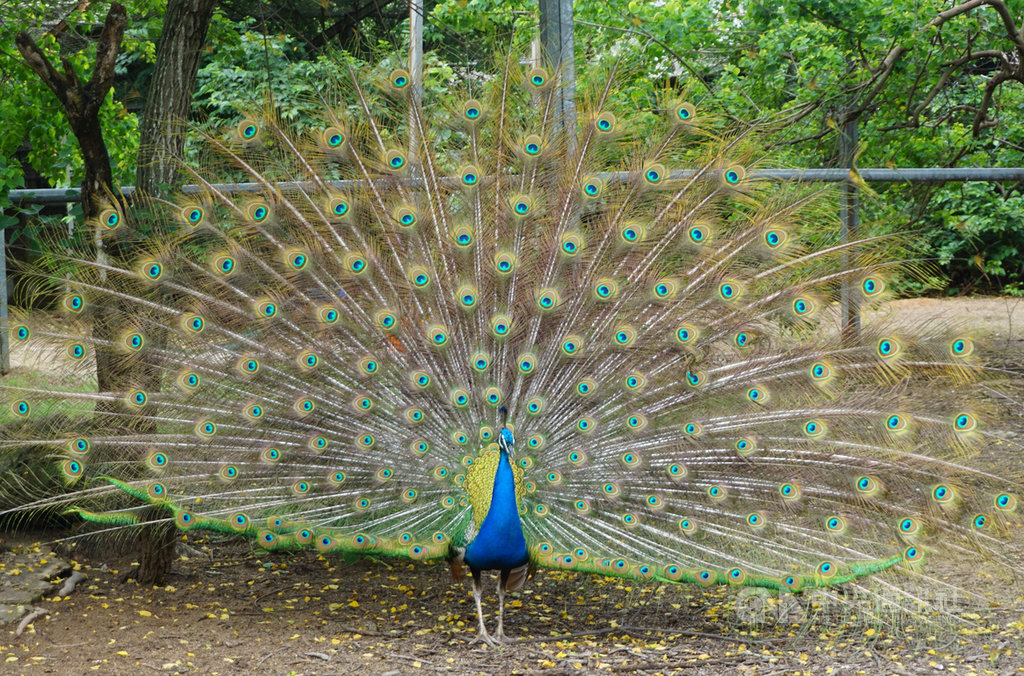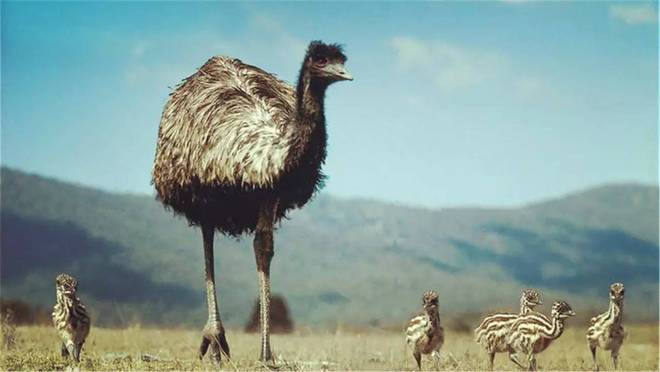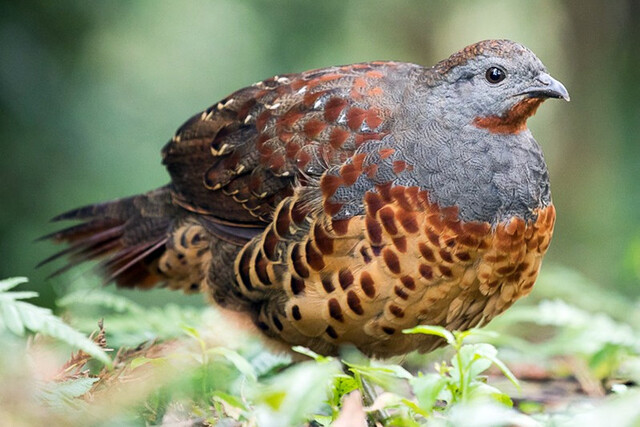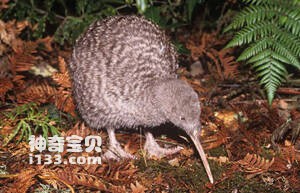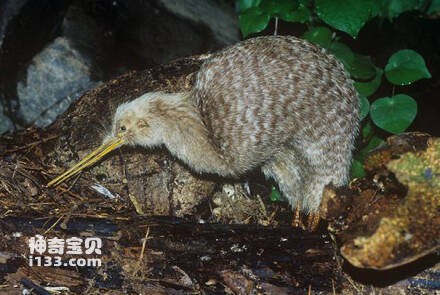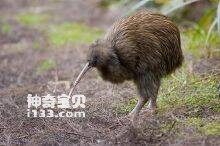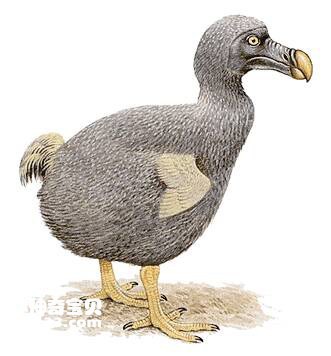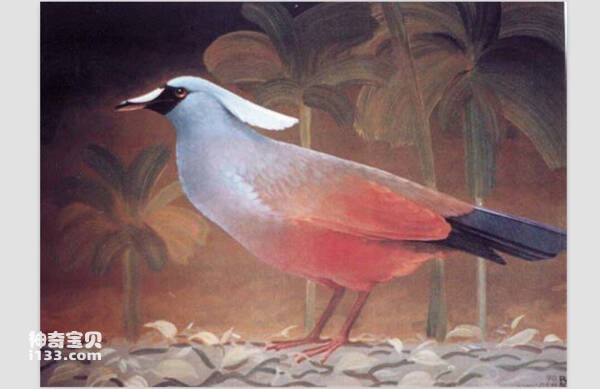Perdicula argoondah
IUCN
LCBasic Information
Scientific classification
- name:Perdicula argoondah
- Scientific Name:Perdicula argoondah,Rock Bush-quail
- Outline:Landfowl
- Family:Chickeniformes P.family P.Genus
Vital signs
- length:15-18cm
- Weight:60-74g
- lifetime:No textual research information is available
Feature
The outermost primary feathers are longer than the innermost feathers, and the primary feathers have no spots inside
Distribution and Habitat
It is found in India. These birds are found in small jungles and are only spotted when they suddenly startle out from under the vegetation.
Appearance
Bush quails are very similar to bush quails and have overlapping distribution areas. The body length is 15-18 cm and the weight is 60-74 g. These are brown quails with dark spots. A distinguishing feature is that the outermost main feather is longer than the innermost feather, and that the primary color of the feather has no spots inside.
Details
Rock Bush-quail (Perdicula argoondah) has three subspecies. Usually gathers in groups of 6-10 individuals. Move around in open grass or in the grass beside forest roads and driving tracks, eating and sandbathing in the morning and evening. Groups quickly gather around each other by calling and Shouting. Food consists mainly of seeds. Grass seeds, in particular, also eat insects. The breeding season follows the rainy season and lasts until the onset of cold weather, depending on the geographical location of life. Timid and wary in the wild, during the breeding season, male birds become very aggressive and territorial. Females lay 5-6 eggs per litter, which incubate for 16-18 days. Males are very protective of females and newly hatched chicks.
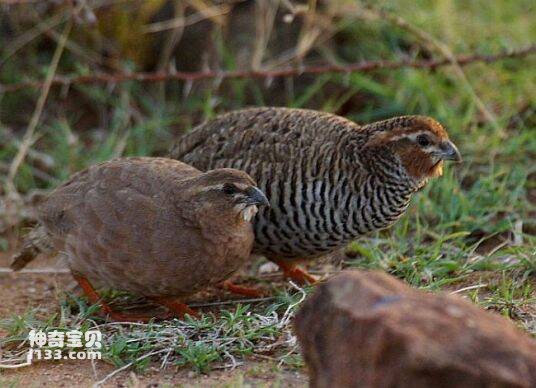
Listed on the International Union for Conservation of Nature (IUCN) 2016 Red List of Threatened Species ver 3.1 - Not Threatened (LC).
Protect wild animals and eliminate wild meat.
Maintaining ecological balance is everyone's responsibility!

